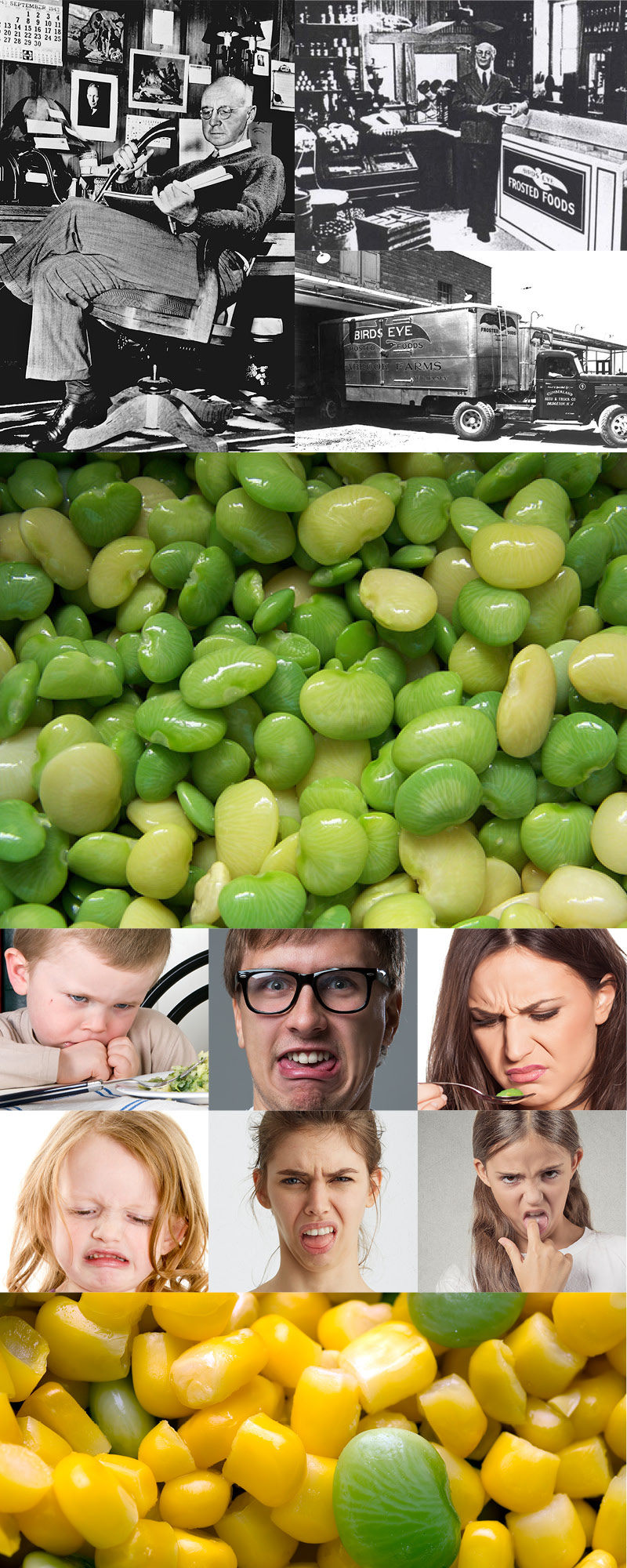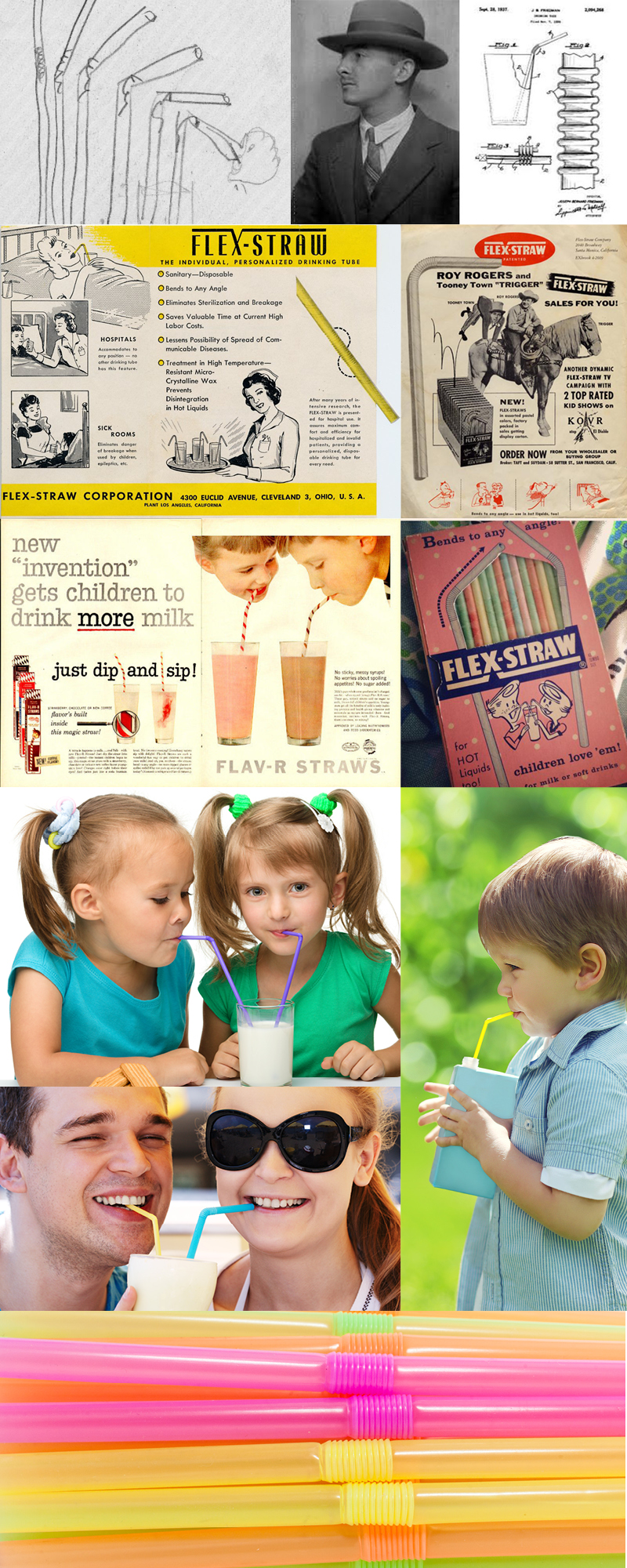
My friends, the incredible beauty of Hedy Lamarr is her brains. In that second photo from the top is Hedy Lamarr on the left, Louis B. Mayer (Metro Goldwin Mayer) who introduced her to America and Rita Hayworth. Below that on the right she’s with Spencer Tracy. Second image from the bottom is her & arranger George Antheil’s patent drawing for frequency hopping. And, not to worry, there are no shortages of t-shirt options for Hedy Lamarr fans. Also check out the terrific video links at the end and a really great podcast made just for kids.
I was chatting with a friend of mine the other day, and we started to discuss the genius behind great inventions. Reflection, pondering, trial and error and sometimes just straight-out incredible ideas – it’s usually pretty tough to know where they come from. Now, combine the mind of a great natural genius inventor with the beauty of a global superstar actress – and you get Hedy Lamarr – considered by some as the greatest looking actress of all times – and one of the greatest natural inventors. Hats off to all the engineers out there – handsome, beautiful, or just another face in the crowd, I marvel at your ideas and passion. Here’s a fun little recap of an amazing woman and an incredible life – filled with travel, inventions, movies, drama, marriages and more. Enjoy! And be sure to catch one of her great movies. Thanks Wikipedia, PBS and womenshistory.org.
- Hedy Lamarr (/ˈheɪdi/; born Hedwig Eva Maria Kiesler; November 9, 1914 – January 19, 2000) was an Austrian-born American film actress and inventor.
- Her father was born to a Galician Jewish family in Lemberg (now Lviv in Ukraine) and was a successful bank director. Trude, her mother, a pianist and Budapest native, had come from an upper-class Hungarian Jewish family. She had converted to Catholicism and was described as a “practicing Christian” who raised her daughter as a Christian.
- As a child, Lamarr showed an interest in acting and was fascinated by theatre and film. At the age of 12, she won a beauty contest in Vienna. While taking acting classes in Vienna when one day, she forged a note from her mother and went to Sascha-Film and was able to get herself hired as a script girl. While there, she was able to get a role as an extra in Money on the Street (1930), and then a small speaking part in Storm in a Water Glass (1931). Producer Max Reinhardt then cast her in a play entitled The Weaker Sex, which was performed at the Theater in der Josefstadt. Reinhardt was so impressed with her that he brought her with him back to Berlin.
- In early 1933, at age 18, Lamarr was given the lead in Gustav Machatý’s film Ecstasy. She played the neglected young wife of an indifferent older man. The film became both celebrated and notorious for showing Lamarr’s face in the throes of pleasure as well as close-up and brief nude scenes, a result of her being “duped” by the director and producer, who used high-power telephoto lenses. As you can imagine, it caused quite a sensation.
- Although she was dismayed and now disillusioned about taking other roles, the film gained world recognition after winning an award in Rome. Throughout Europe, it was regarded an artistic work. In America it was considered overly sexual and received negative publicity, especially among women’s groups and was banned there and in Germany.
- Fredrich Mandl, an Austrian military arms merchant and munitions manufacturer, was reputedly the third-richest man in Austria. He was obsessed to meet her. She fell for his charming and fascinating personality, partly due to his immense financial wealth. Her parents, both of Jewish descent, did not approve, due to Mandl’s ties to Italian fascist leader Benito Mussolini, and later, German Führer Adolf Hitler, but they could not stop the headstrong Lamarr. On August 10, 1933, Lamarr married Mandl. She was 18 years old and he was 33.
- Mandl had close social and business ties to the Italian government, selling munitions to the country, and although like Hedy, his own father was Jewish, had ties to the Nazi regime of Germany, as well. Lamarr wrote that the dictators of both countries attended lavish parties at the Mandl home. Lamarr accompanied Mandl to business meetings, where he conferred with scientists and other professionals involved in military technology. These conferences were her introduction to the field of applied science and nurtured her latent talent in science.
- Lamarr’s marriage to Mandl eventually became unbearable, and she decided to separate herself from both her husband and country. In her autobiography, she wrote that she disguised herself as her maid and fled to Paris, but by other accounts, she persuaded Mandl to let her wear all of her jewelry for a dinner party, then disappeared afterward.
- After arriving in London in 1937, she met Louis B. Mayer, head of MGM, who was scouting for talent in Europe. She initially turned down the offer he made her (of $125 a week), but then booked herself onto the same New York bound liner as him and managed to impress him enough to secure a $500 a week contract. Mayer persuaded her to change her name to Hedy Lamarr, choosing the surname in homage to the beautiful silent film star, Barbara La Marr, on the suggestion of his wife, who admired La Marr. He brought her to Hollywood in 1938 and began promoting her as the “world’s most beautiful woman”.
- Mayer loaned Lamarr to producer Walter Wanger, who was making Algiers (1938), an American version of the French film, Pépé le Moko (1937). Lamarr was cast in the lead opposite Charles Boyer. The film created a “national sensation.” According to one viewer, when her face first appeared on the screen, “everyone gasped … Lamarr’s beauty literally took one’s breath away.”
- Her off-screen life and personality during those years was quite different from her screen image. She spent much of her time feeling lonely and homesick. She might swim at her agent’s pool but shunned the beaches and staring crowds. When asked for an autograph, she wondered why anyone would want it.
- She participated in a war bond-selling campaign with a sailor named Eddie Rhodes. Rhodes was in the crowd at each Lamarr appearance, and she would call him up on stage. She would briefly flirt with him before asking the audience if she should give him a kiss. The crowd would say “yes”, to which Hedy would reply that she would if enough people bought war bonds. After enough bonds were purchased, she would kiss Rhodes and he would head back into the audience. Then they would head off to the next war bond rally.
- Although Lamarr had no formal training and was primarily self-taught, she worked in her spare time on various hobbies and inventions, which included an improved traffic stoplight and a tablet that would dissolve in water to create a carbonated drink (think Coca Cola) for the soldiers.
- Among the few who knew of Lamarr’s inventiveness was aviation tycoon Howard Hughes. She suggested he change the rather square design of his aeroplanes (which she thought looked too slow and boxy) to a more streamlined shape, based on pictures of the fastest birds and fish she could find. He actively supported her “tinkering” hobbies and put his team of scientists and engineers at her disposal, saying they would do or make anything she asked for.
- During World War II, Lamarr learned that radio-controlled torpedoes, an emerging technology in naval war, could easily be jammed and set off course by the Nazis. She thought of creating a frequency-hopping signal that could not be tracked or jammed. She contacted her friend, composer and pianist George Antheil, to help her develop a device for doing that, and he succeeded by synchronizing a miniaturized player-piano roll mechanism with radio signals. They drafted designs for the frequency-hopping system, which they patented. Antheil recalled: “Although the US Navy did not adopt the technology until later, the principles of their work are incorporated into Bluetooth and GPS technology and are similar to methods used in legacy versions of CDMA and Wi-Fi.”
- “We began talking about the war, which, in the late summer of 1940, was looking most extremely black. Hedy said that she did not feel very comfortable, sitting there in Hollywood and making lots of money when things were in such a state. She said that she knew a good deal about munitions and various secret weapons … and that she was thinking seriously of quitting MGM and going to Washington, DC, to offer her services to the newly established Inventors’ Council.”
- In 1997, Lamarr and Antheil received the Electronic Frontier Foundation Pioneer Award and the Bulbie Gnass Spirit of Achievement Bronze Award, given to individuals whose creative lifetime achievements in the arts, sciences, business, or invention fields have significantly contributed to society. Lamarr was featured on the Science Channel and the Discovery Channel. In 2014, Lamarr and Antheil were posthumously inducted into the National Inventors Hall of Fame.
- During her film career, she was featured in over 30 films. For her contribution to the motion picture industry, Lamarr has a star on the Hollywood Walk of Fame at 6247 Hollywood Blvd adjacent to Vine Street where the walk is centered.
- Lamarr was married and divorced six times and had three children.
An interview with Denise Loder-DeLuca, Hedy Lamarr’s daughter.
A very old TV game show called “What’s My Line?” Go to about 14:56 for the “MYSTERY GUEST: Hedy Lamarr”
And one podcast:
Have you heard of this Podcast: “Good Night Stories for Rebel Girls”? If you have kids, listen to it with them. This one is on Hedy Lamarr read by Tatiana Maslany.Gives a lot of great info in kid level writing. Runs 19 minutes.
::::::::::::::::::::::::::::::::::::::::::::::::::::::::::::::::::::::::::::::::::::::::::
DO YOU LIKE CONTESTS?
Me, too.
As you may know the Kowalski Heat Treating logo finds its way
into the visuals of my Friday posts.
I. Love. My. Logo.
One week there could be three logos.
The next week there could be 15 logos.
And sometimes the logo is very small or just a partial logo showing.
But there are always logos in some of the pictures.
So, I challenge you, my beloved readers, to count them and send me a
quick email with the total number of logos in the Friday post.
On the following Tuesday I’ll pick a winner from the correct answers
and send that lucky person some great KHT swag.
So, start counting and good luck!
Oh, and the logos at the very top header don’t count.
Got it? Good. :-))))
Have fun!!
::::::::::::::::::::::::::::::::::::::::::::::::::::::::::::::::::::::::::::::::::::::::::







